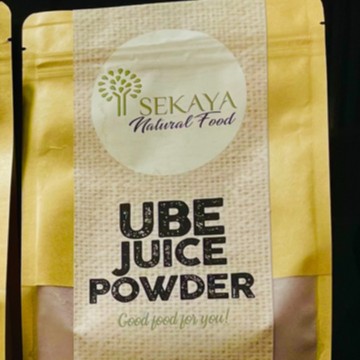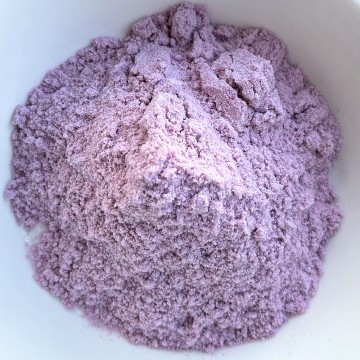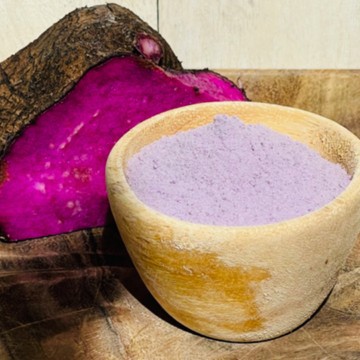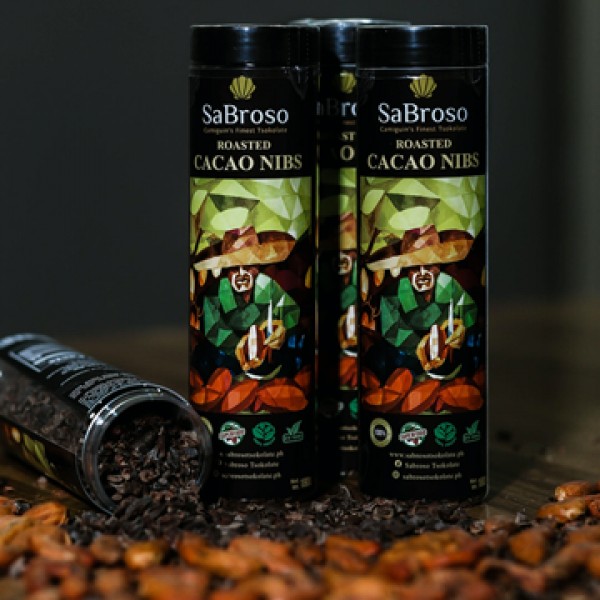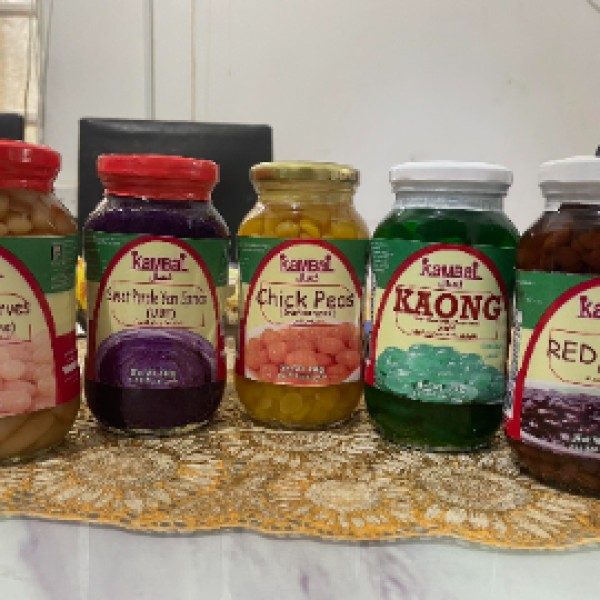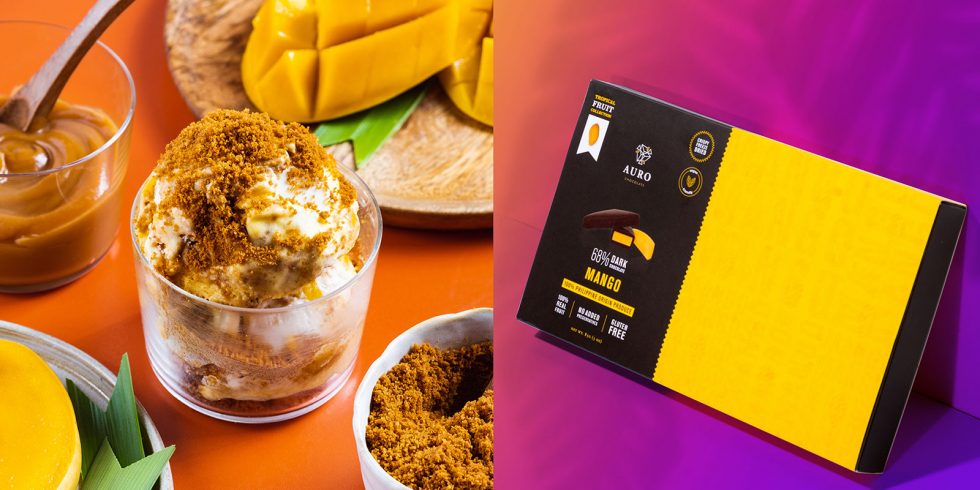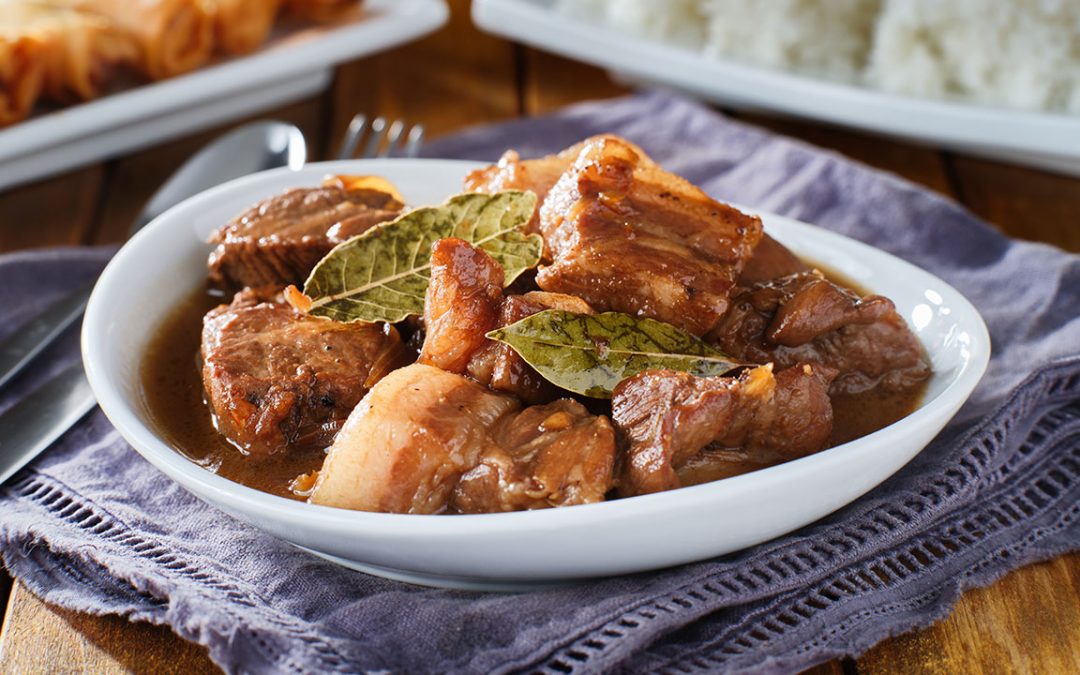UNILAB, INC. (SEKAYA NATURAL INGREDIENTS)
Sekaya Ube Juice Extract Powder
Product Description:
Sekaya Ube Juice (pronounced oo-beh) is a deep purple root crop with a mellow taste and a slightly nutty, vanilla profile. It is popularly used in Filipino desserts, often boiled and then mashed, blended with sweet milk, and enjoyed as a creamy jam. Ube is high in complex carbs, vitamins, and fiber. high levels of antioxidants, anthocyanin, flavonoids, Vitamin C and a good source of resistant starch. Ube was shown to increase Bifidobacteria in a simulated large bowel environment. Sekaya Ube Juice Powder is available in spray-dried format, highly soluble in room temperature water with a creamy texture and mildly sweet profile. Spray-dried; Soluble in room temperature water Conventional
Variants:
200g, 20kg
Product Type:
Processed
Market Availability:
Worldwide
Net Weight per Pack:
200g, 20 Kg
Allergen:
Ingredients/raw materials used:
Ube Root Juice Extract, Maltodextrin
Process/es:
Pasteurization, Dehydration / Drying
Sources:
Ube Root
Shelf Life:
24 Months
Major Export Markets:
Australia, Canada, Germany, South Korea, South Korea, Switzerland, United States of America
Certifications:
FDA-LTO/CPR
Packaging:
Kraft Bag, Plastic Bag In Drum
Minimum Order Size:
One Pallet
Category:
Beverages, Beverages
Export Ready?:
Yes
Enjoying Malabon and Pampanga’s food without traveling
Instead of going out-of-town to enjoy Pampanga’s pindang damulag or Malabon’s puto pao, two individuals have made it possible to enjoy their city’s specialties at the comfort of your own home.
Enjoying mangoes when its season is done
It’s a dessert in itself, with its bold sweetness, subtle tart, and fruity notes.
Identifying Filipino cuisine through its regions
Taking a tour from north to south, one will discover that adobo varies not only in taste but also in the ingredients used and the cooking methods applied.
